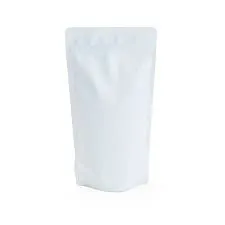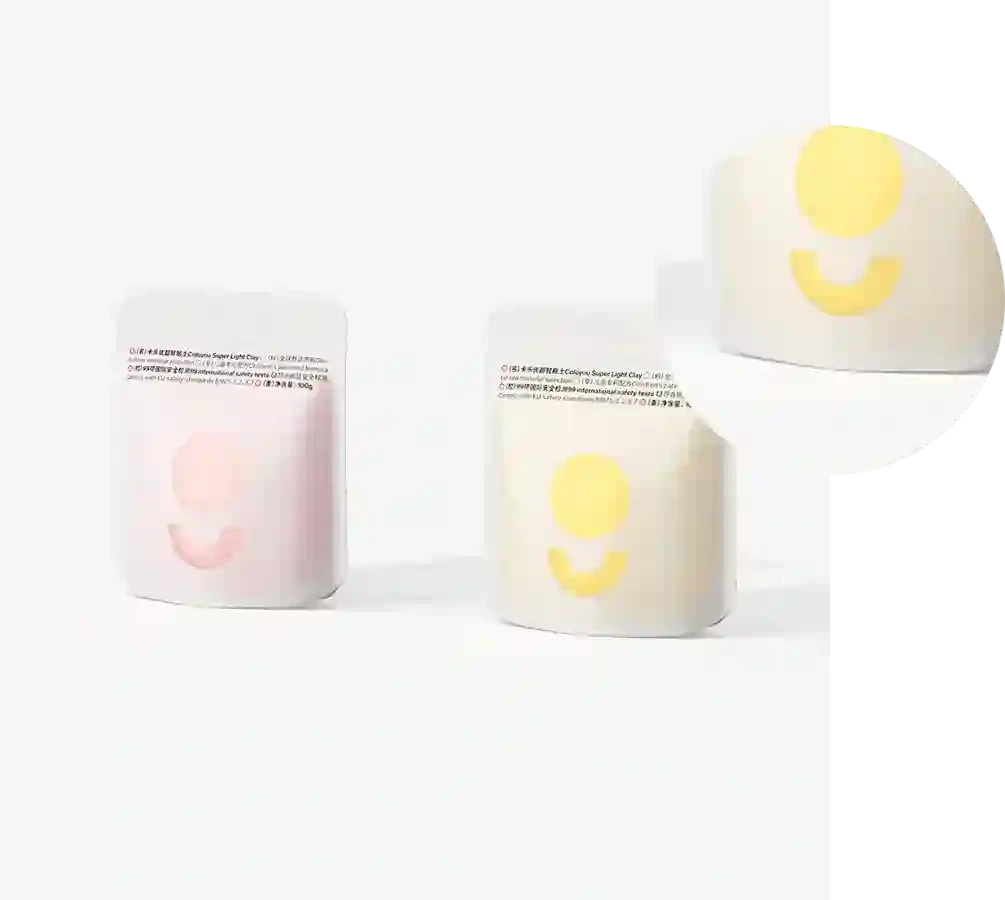types of plastic packaging
Views :
Update time : 2 月 . 17, 2025 16:56
Exploring the diverse world of plastic packaging goes beyond merely identifying the types—we delve into their unique applications, properties, and innovations driving advancements in this field. This exploration serves as an essential guide for individuals and businesses making informed decisions regarding packaging choices, especially in context of sustainability and effectiveness.
5. Polypropylene (PP) Offering a high melting point makes PP ideal for containers designed to withstand microwave heating. This material is extensively utilized in yogurt containers, margarine tubs, and similar products. Its resilience to chemical exposure makes it a favorite for packaging items such as pharmaceuticals and automotive parts. Cutting-edge research focuses on improving its impact resistance and reducing footprint through lightweight designs. 6. Polystyrene (PS) Known for its insulating properties, PS is often used for making disposable coffee cups, plastic cutlery, and food containers. While its low-cost advantage remains appealing, ongoing innovation is directed at finding sustainable alternatives due to its notorious difficulty in recycling and environmental concerns. 7. Others (e.g., Bioplastics, Polycarbonate) Emerging as game-changers in the industry, bioplastics introduce a sustainable angle to packaging. Derived from natural sources like corn starch, they lessen dependency on fossil fuels and promise reduced environmental impact. Polycarbonate, although overshadowed by its potential health hazards when used inappropriately, remains critical for luxury packaging solutions due to its clarity and toughness. Expertise in plastic packaging revolves around not only understanding these materials and their applications but also navigating the technological advancements and regulatory frameworks impacting the industry. The shift towards sustainable practices is redefining the landscape, with significant investments in research and development targeted at reducing carbon footprints and enhancing recyclability. These developments underscore the industry's agility in addressing environmental concerns while fulfilling consumer demands for safety, convenience, and innovation. Decisions made today about plastic packaging will inevitably chart paths toward a more sustainable future, where innovation and responsibility go hand in hand, driven by both policy and consumer choice. A firm grasp of plastic types and their attributes equips businesses and consumers with the knowledge to make informed decisions—aligning commercial efficiency with ecological stewardship. Such informed choices enhance company credibility and trust among eco-conscious consumers and stakeholders, fostering a positive impact on both brand image and the planet.


5. Polypropylene (PP) Offering a high melting point makes PP ideal for containers designed to withstand microwave heating. This material is extensively utilized in yogurt containers, margarine tubs, and similar products. Its resilience to chemical exposure makes it a favorite for packaging items such as pharmaceuticals and automotive parts. Cutting-edge research focuses on improving its impact resistance and reducing footprint through lightweight designs. 6. Polystyrene (PS) Known for its insulating properties, PS is often used for making disposable coffee cups, plastic cutlery, and food containers. While its low-cost advantage remains appealing, ongoing innovation is directed at finding sustainable alternatives due to its notorious difficulty in recycling and environmental concerns. 7. Others (e.g., Bioplastics, Polycarbonate) Emerging as game-changers in the industry, bioplastics introduce a sustainable angle to packaging. Derived from natural sources like corn starch, they lessen dependency on fossil fuels and promise reduced environmental impact. Polycarbonate, although overshadowed by its potential health hazards when used inappropriately, remains critical for luxury packaging solutions due to its clarity and toughness. Expertise in plastic packaging revolves around not only understanding these materials and their applications but also navigating the technological advancements and regulatory frameworks impacting the industry. The shift towards sustainable practices is redefining the landscape, with significant investments in research and development targeted at reducing carbon footprints and enhancing recyclability. These developments underscore the industry's agility in addressing environmental concerns while fulfilling consumer demands for safety, convenience, and innovation. Decisions made today about plastic packaging will inevitably chart paths toward a more sustainable future, where innovation and responsibility go hand in hand, driven by both policy and consumer choice. A firm grasp of plastic types and their attributes equips businesses and consumers with the knowledge to make informed decisions—aligning commercial efficiency with ecological stewardship. Such informed choices enhance company credibility and trust among eco-conscious consumers and stakeholders, fostering a positive impact on both brand image and the planet.
Recommend products
Read More >>
Related News
Read More >>













